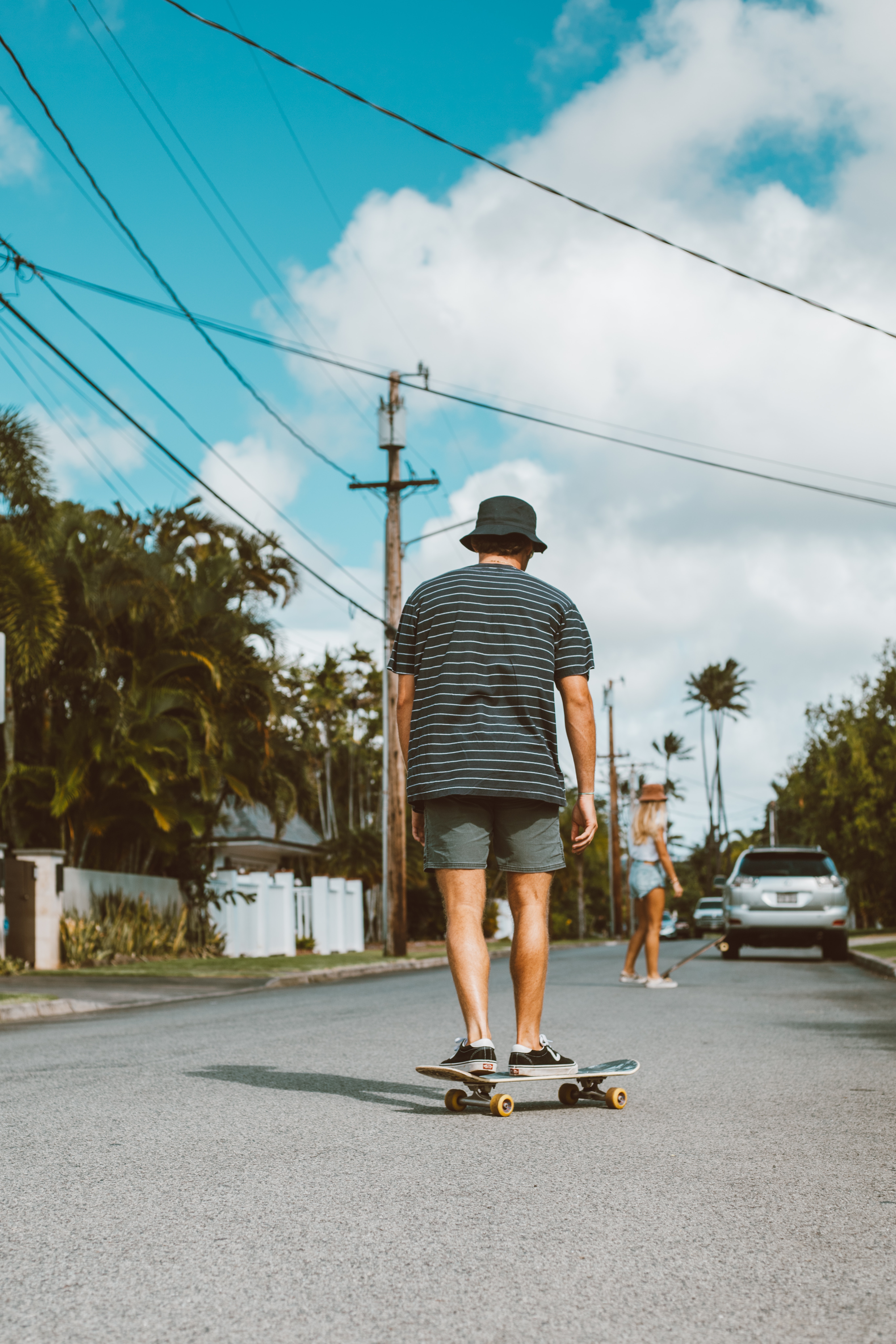Physical activity has been a facet of survival and progression throughout our existence as the human race. Building houses and farming are examples of staples in our physical activities we have conducted through the millennia which propelled society to function efficiently as it does today. The physically stressing demands of constructing structures and performing the labors of farming require extensive energy and time. One could imagine our predecessors from hundreds of years ago were physically fit simply by performing similar manual labor tasks in their everyday lives. Keep in mind, these grueling forms of physical labor were conducted before technology evolved to help make everyday tasks more efficient and less troublesome. Drills, power tools, tractors, and skilled labor weren’t always available. Therefore, our great, great, great, grandparents had to use their own hands and mental, emotional, and psychological gumption to complete everyday tasks that we can easily achieve in today’s day and age by flipping a switch or pushing a button.
In our current era, many tasks are done for us. Construction companies build houses. Farming companies gather food throughout the agricultural industry and deliver these resources to stores. We use automobiles to get to and from our jobs. We simply exchange money for resources at centers that have a system readily available to acquire what we need. Thankfully, we don’t need a horse and carriage to go a few miles down the way to get a week’s worth of supplies to survive. However, society is at a threat of taking these privileges for granted. Our professions are less strenuous than what our predecessors endured. A high number of jobs that create an income for us require sitting down and doing desk work, speaking on the phone, or communicating via car, ferry, or plane. We are far more sedentary than Uncle Leroy was back in the 1600’s. The physical stress from such rigorous daily work afflicted upon previous generations a few centuries ago could very well imposed fitter bodies. Physical stress of plowing fields, building houses, with only nails and hammers could have promoted muscles, bones, and the neurological system development. In order to successfully function and thrive in an era where physical activity among the human race was more of a necessity in their everyday lives.
In our current era, putting hours in throughout the week at a local gym, Yoga class, or on the Peloton is an important facet for society’s well-being. Strong muscles, cardiovascular endurance, and flexibility are just a few components of the benefits of regular exercise. However, if we don’t have a physically active profession, we spend forty plus hours per week at, our body can’t maintain its fitness levels like our ancestors did. A lifestyle lacking physical labor shunts our body’s ability to adapt to physically stressful activities like building and farming involves. Granted, society has evolved where we don’t need to build our own house, sow our own fields, or steer our own horse and buggy. However, a gap of decreased activity has appeared that desperately needs to be addressed to reinforce the health and wellness of society. A simple solution to address this issue is to find fun and invigorating forms of recreational physical activity.
Recreational sports such as golf, bocce ball, or pickleball are simple, fun, and enthralling activities that promote coordination, skillfulness, and mastery of a technique, and promote cardiovascular improvements for the body. Hobbies around the house such as refinishing furniture, gardening or throwing a ball for our dogs are just a few examples of recreational physical activities that involves lifting, squatting down, getting up off the ground, and maintaining an athletic skill. By adhering to recreational physical activities on top of our forty-hour work weeks, we can promote physical adaptations to our body similar to how our ancestors did in their everyday lives performing manual labor.
Time at the local gym and fitness classes keep us fit, active, and give us something to look forward to. However, let’s not forget the fitness component participating in a recreational physical activity can do for our body throughout our weeks. We don’t expect to be performing such physical activities like harvesting boysenberries like some of our grandparents did in the 1920’s during the dustbowl. Remember to keep our bodies moving so we don’t miss out on the healthy adaptations our bodies receive from recreational physical activity.
Sean McCawley, the founder and owner of Napa Tenacious Fitness in Napa, CA, welcomes questions and comments. Reach him at 707-287-2727, napatenacious@gmail.com or visit the website napatenaciousfitness.com.

